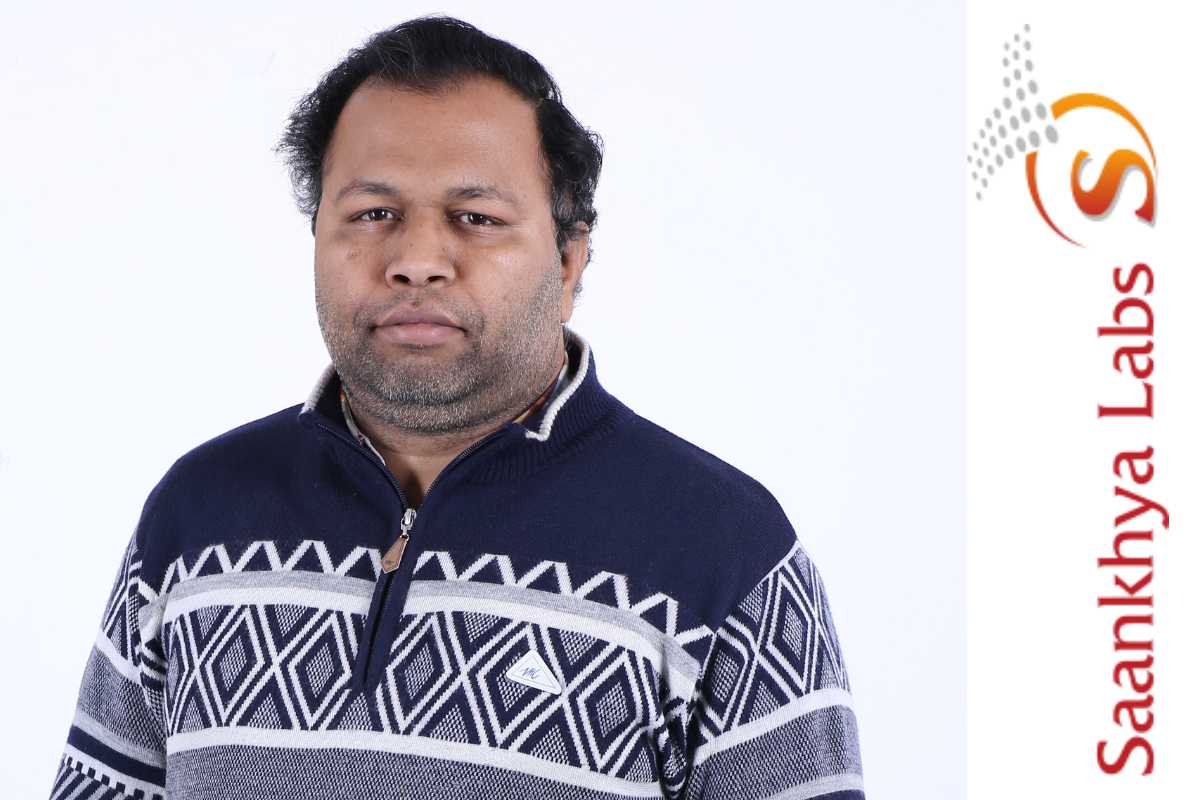
The world is moving towards new and efficient technologies for communication. Especially when it comes to wireless connectivity/communication, the way things are progressing with 5G around the world is phenomenal. Broadcasting is something that most people understand in traditional terms as watching TV. But it can be so much more in this day and age with advanced tech solutions. Anindya Saha, Chief Technology Officer at Saankhya Labs, talked to TelecomTalk about the new 5G broadcast technology that the company has been working on and explained its application.
Direct to Mobile 5G Broadcasting Technology of Saankhya Labs
The cellular towers don't have the high tower, high power kind of deployment that broadcasting towers possess, and they are mainly used for unicast transmission. So broadcasting is very tough with these towers because of multiple reasons, explained Saha.
"The 5G broadcast that Saankhya has come up with is, I would say, a kind of convergence of both of them (unicast and broadcast). We call it a cellularized broadcast where we do broadcasting using towers which are like cellular towers, which means they are low power, like 40W, and their height is also small. Now there are some interesting things which happen when you do this. First, if you look at the cellular tower deployment, there are many of them in a region, say every kilometre apart or half a kilometre apart, based on the bands you have. Now, there is another technology behind broadcasting, which we call a single-frequency network. Let me give you an example of Bangalore; let's take Malleswaram; if you have cellular towers every 200 metres or 500 metres apart and all of them are transmitting the same signal at the same frequency and the same phase, then it will result in better SNR. If you get a better SNR, obviously, you can give much better data rates," said Saha.
The broadcasting technology of Saankhya labs will be able to deliver better quality video to the users at mass. With 5G, this technology will be even more powerful. We talked to Saha about how exactly will the OTT content consumption change for the consumers with this new tech and are the telcos are already leveraging it; here's what he said.
Saankhya Labs CTO Explains how OTT Content Consumption will Improve with the New 5G Broadcasting Tech taking IPL as an Example
Saha said that this broadcast tech wouldn't work in isolation. Today, the way OTT players operate is that they tie up with the telecom service providers, and there are some mobile operators as well who are offering OTT bouquets to customers. In urban areas, mobile networks are already too congested because consumers are using the 4G networks for several things, including online gaming and video streaming.
"This broadcast technology is very amenable for converging with the unicast or the IMT based 5G technology, and as a result of that, the innovative thing which Saankhya has come up is - let's say, if there's a specific region where users are trying to watch the same kind of content, then you can intelligently have a method by which you can move them from using the cellular spectrum to the broadcast spectrum. It does two things. Since many people are watching the same video, they get better video quality because, as I said, the better SNR, the better the data rates will be. Then, the mobile networks will also be decongested because video traffic would move out of the spectrum used for mobile services. Let's take an example of an IPL match being viewed on Hotstar where millions of users are watching the content on unicast. Since many users are watching the same thing, they can be easily shifted to broadcast spectrum from the mobile services spectrum without any change in the quality of reception," explained Saha.
As for whether the telcos are currently using the technology or not, Saha said that Saankhya is currently in the trials phase. First, the company is just demonstrating the usefulness of the direct-to-mobile and how it can be received indoors. Saankhya had set up a three-site trial in Bangalore, from which the company got some results about how the reception happens and what kind of data rates customers will get. Saankhya is benchmarking the performance right now and then seeing what improvements are needed in indoor reception.
Watch the YouTube video above to see the complete interaction where Saha also talks about the changing dynamics of the Indian telecom industry and O-RAN deployment in the country.















